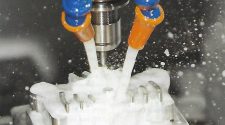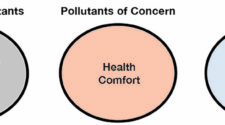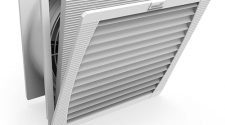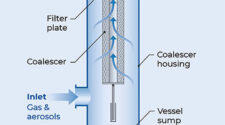Air-Clenz Systems™ (Air-Clenz™) announced that independent research conducted by the University of New Mexico’s Department of Mechanical Engineering concluded that a seat-based ventilation approach in aircraft can significantly lower the transmission of airborne viral and bacterial infections, including COVID-19.
The research modeled more than 300,000 exhaled particles and showed that the Air-Clenz™ seat-based, air-purification system – which blocks, captures, and cleans exhaled air before it has time to spread through the cabin – can reduce by 90 percent or more the risk of infection by airborne-transmitted viral and bacterial pathogens. The Air-Clenz™ invention was recently granted U.S. Patent 11,324,850 and covers multi-seated venues and vehicles of all types, including aircraft.
The University of New Mexico research team, led by Professor Svetlana Poroseva, PhD, conducted a series of computational fluid-particle dynamic simulations, which are commonly used to investigate and optimize ventilation systems on aircraft, to improve air quality for passengers and reduce pathogen transmission. The research has been selected to be presented at Indoor Air 2022, the 17th International Conference of the International Society of Indoor Air Quality & Climate, in Kuopio, Finland, June 12-16.
The University of New Mexico research study illustrated a 90 percent reduction in cross infection in a 60-unmasked passenger section of a Boeing 737-800 cabin which included two passengers infected and contagious before boarding the flight when the Air-Clenz™ new seat-based ventilation technology was used in conjunction with the aircraft’s existing ventilation system. These results were contrasted in simulations utilizing the same parameters, but this time relying on solely the existing aircraft ventilation system. The difference was striking. By utilizing the proprietary Air-Clenz™ seat-back technology, the number of infected passengers was reduced from between one to five people, depending on how Air-Clenz™ technology was installed. However, when the ventilation system of the same aircraft was utilized without Air-Clenz™, as many as nine of 60 unmasked passengers would be infected with COVID-19 over a six-hour flight.
The research showed that cross-infection can occur within the first 20-50 seconds of exhaling an infectious breath, cough, or sneeze on an aircraft. Aircraft cabin air using state-of-the-art ventilation is changed only every 150 seconds on average.


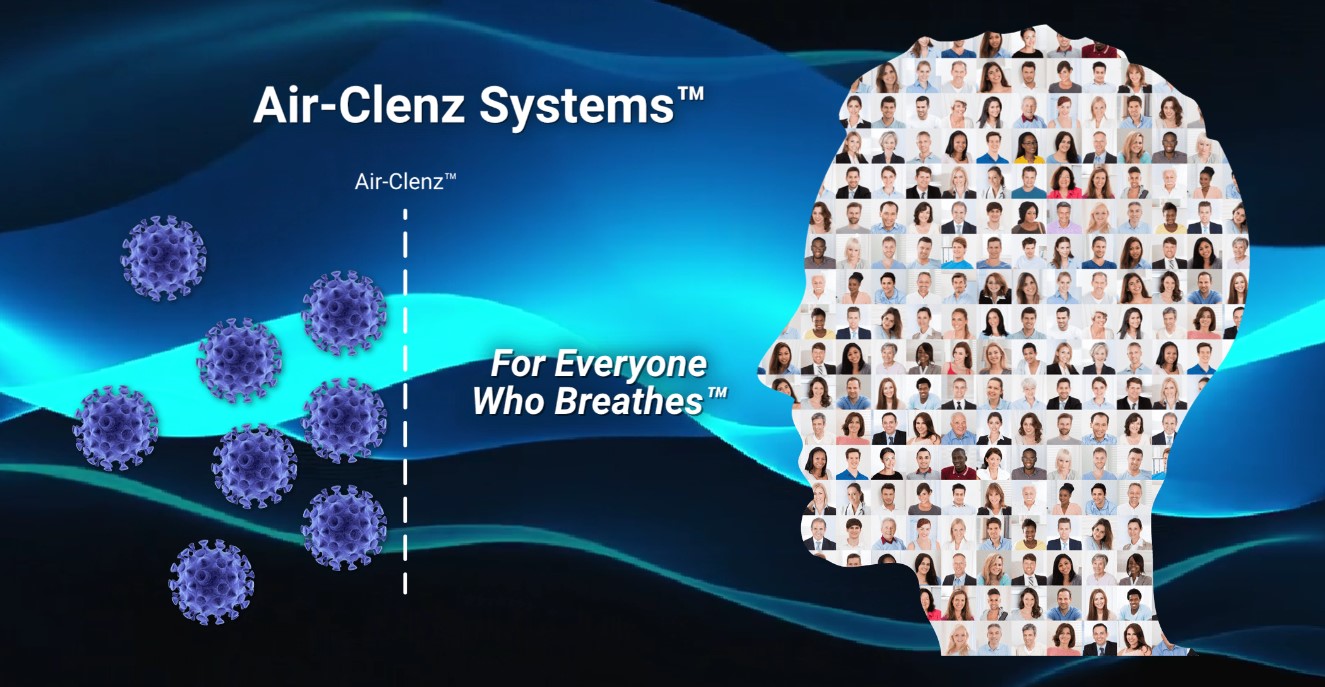
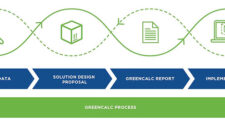

![Figure 1: Heat Exchanger Proventics GMBH.[22]](https://www.filtnews.com/wp-content/uploads/IFN_2_2024_crimpedmicrofiberyarns_Fig.-1-Heat-exchanger-225x125.jpg)
